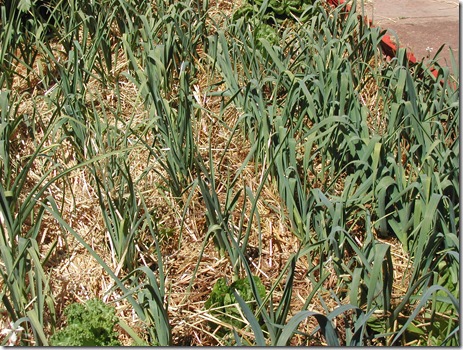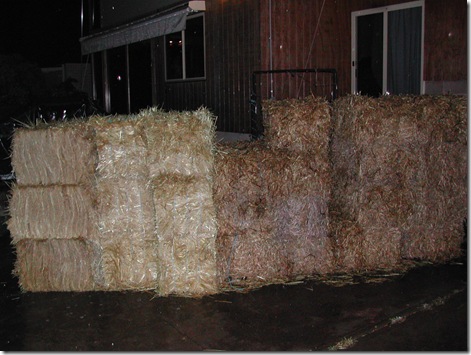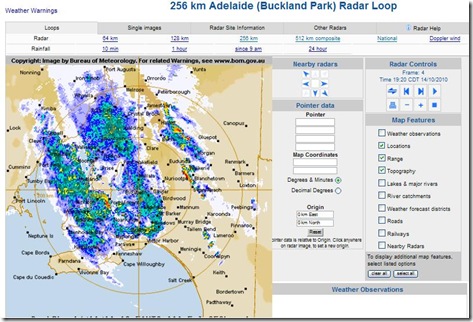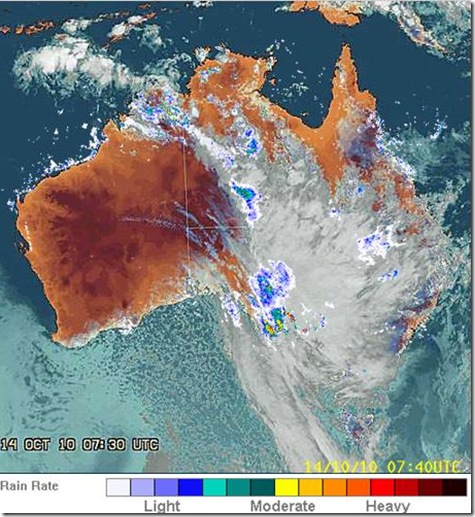Somewhere in mid-Spring every gardener waits on tenterhooks for the convergence of three events – rain, warmth and mulch day.
 By now, six weeks into Spring, the last of the winter rainfall is starting to evaporate from the bare soil. Here in Adelaide, where we’ve often had to live through three to four months of no rainfall in summer, draconian water restrictions and weeks of temperatures above 40 degrees, saving this precious rainfall in the soil is critical to growing healthy crops.
By now, six weeks into Spring, the last of the winter rainfall is starting to evaporate from the bare soil. Here in Adelaide, where we’ve often had to live through three to four months of no rainfall in summer, draconian water restrictions and weeks of temperatures above 40 degrees, saving this precious rainfall in the soil is critical to growing healthy crops.
Yet we also need the soil itself to warm up enough to allow active root growth below our vegetable crops - therefore we have to hold off mulching so that the sunshine too can soak into the soil.
The net result of all these tradeoffs is that backyard gardeners watch the sky as avidly as any farmer, hanging out for one of those mid-Spring rainfall events that top up a warm soil with fresh pure rain water. Only after that can we whip on a deep layer of pea-straw or barley-straw mulch to prevent that last gift of soil moisture from evaporating.
The key to managing this birthing of a Spring garden is to watch the weather forecasts for Adelaide on the Internet, and to track rainfall across Australia generated by the Bureaus of Meteorology radar maps.
And of course, one should be ready with a big stockpile of straw for mulching…
 While water and mulch are the two biggest expenses in managing a kitchen garden, these are the same dollars that the cook saves by doing her green-grocery shopping in the backyard rather than the local shops.
While water and mulch are the two biggest expenses in managing a kitchen garden, these are the same dollars that the cook saves by doing her green-grocery shopping in the backyard rather than the local shops.
At the end of each autumn, this old mulch is raked up and composted, ready to enrich future crops - nothing is wasted in an organic garden.



0 comments:
Post a Comment